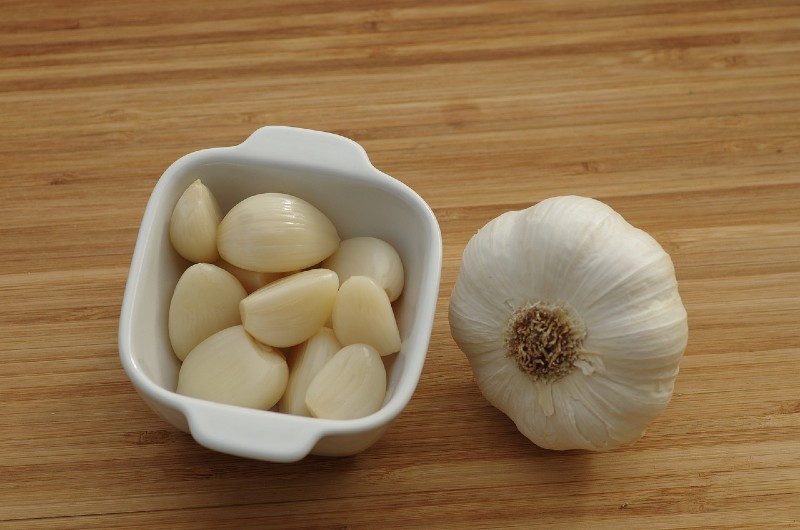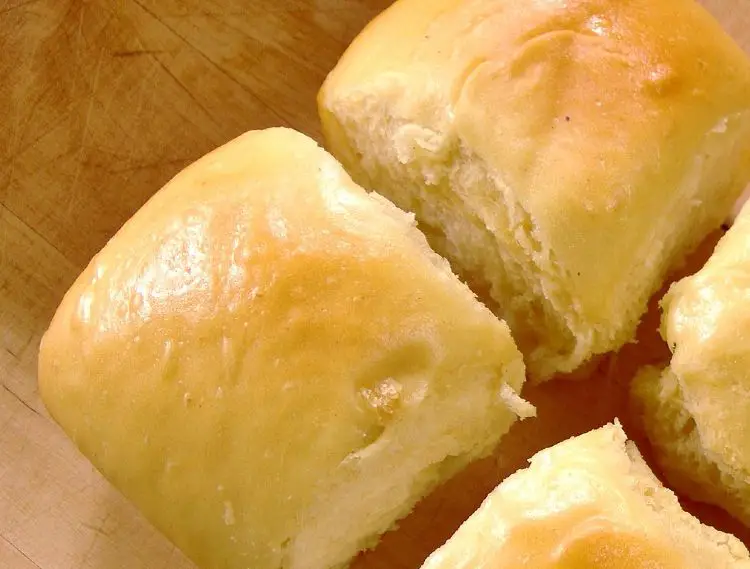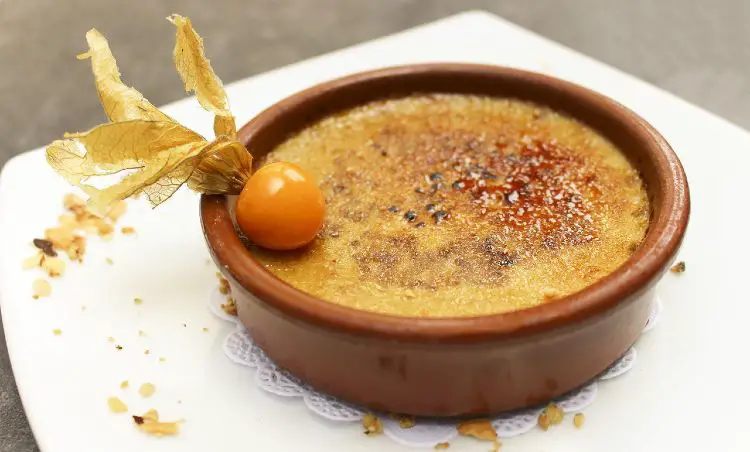What Does Garlic Taste Like?
Quick Answer
The taste of garlic is complex and varies depending on how it’s prepared and consumed. Raw garlic has a strong, pungent flavor that can be spicy and sharp. It can also have a slightly sweet undertone. When garlic is cooked, its flavor mellows and becomes sweeter, losing much of its sharpness. It can even take on a nutty or caramelized flavor when roasted.
What is Garlic?
Garlic is a bulbous plant that belongs to the Allium family, which also includes onions, leeks, and shallots. Native to Central Asia, garlic has been cultivated for thousands of years and is now a staple in various cuisines around the world. The plant typically consists of a bulb, which is divided into individual segments known as cloves. It’s these cloves that are most commonly used in cooking, though other parts of the plant, like the leaves and flowers, are also edible and used in some culinary traditions.
Garlic is well-known for its strong, pungent aroma and flavor, which can range from spicy and sharp when raw to mellow and sweet when cooked. It’s used in various forms including fresh cloves, minced, as a powder, or even in more specialized forms like garlic salt or black garlic.
What Does Garlic Taste Like?
Garlic is a study in complexity when it comes to its flavor profile. At its core, it is pungent and spicy, traits that can dominate a dish if not used carefully. Yet, underlying this assertiveness is a hint of sweetness that adds an unexpected but harmonious layer to its overall character. It’s a combination of these contrasting flavors that makes garlic so indispensable in cooking.
Raw Garlic
When consumed raw, garlic boasts a strong, sharp, and spicy flavor that can be almost hot to the palate. This heat comes from compounds like allicin, which are activated when the garlic is crushed or chopped. This intense flavor can serve as a wake-up call for your taste buds, invigorating whatever dish it graces.
Cooked Garlic
Cooking garlic transforms its flavor profile entirely, making it milder, sweeter, and less pungent. The intense, sharp notes are smoothed out, revealing a more complex taste that complements a wide variety of foods.
Roasted Garlic
Roasted garlic is in a league of its own when it comes to flavor. The high-heat roasting process caramelizes the natural sugars in the garlic, transforming it into something sweet, nutty, and complex. The spiciness gives way to a mellow richness that can be described as almost buttery.
Specialty Garlic Forms
Garlic Powder
Garlic powder offers a less pungent alternative to fresh garlic, making it a convenient option for those who want a milder flavor or are short on time. Produced by dehydrating and finely grinding garlic cloves, this form captures some of the essence of garlic without the sharpness of the fresh version.
Garlic Salt
Garlic salt is essentially a mixture of garlic powder and table salt, offering a diluted garlic flavor. The salt acts as a buffer, muting some of garlic’s pungency.
Minced Garlic (in Jars)
Jarred minced garlic provides the convenience of pre-chopped garlic with the trade-off of a slightly altered taste due to preservatives. While it can save time, the flavor may not be as vibrant as that of fresh garlic.
Black Garlic
Black garlic is a specialty form that is fermented and aged under high heat and humidity. This process transforms its texture and flavor dramatically, resulting in a soft, chewy clove with a sweet, tangy, and complex profile. Its flavor notes can be likened to molasses, tamarind, and even balsamic vinegar.
What is The Texture of Garlic?
The texture of garlic can vary significantly depending on its form and how it’s prepared. Raw garlic cloves are firm and crisp, offering a juicy crunch when bitten into. Once peeled, the cloves have a smooth, almost waxy surface. As you chop or mince the garlic, its cellular structure breaks down, releasing juices that can become sticky.
When cooked, garlic undergoes a significant transformation. Sautéed or fried garlic becomes soft and slightly translucent, losing its initial crunch. Boiled garlic can become even softer, almost to the point of being mushy. Roasted garlic cloves turn soft and spreadable, acquiring a buttery texture that can be easily mashed or spread on bread.
Pairing Garlic with Foods
Garlic is one of those rare ingredients that can enhance almost any savory dish, but understanding the types of foods it pairs especially well with can help you make more informed culinary choices. Here are some of the primary food categories where garlic truly shines:
Meats
Garlic and meat are a match made in culinary heaven. Whether you’re preparing beef, pork, chicken, or lamb, a touch of garlic can go a long way in elevating the flavors. From simple garlic butter steak to complex stews like beef bourguignon, the rich and pungent flavor of garlic complements the savory notes in meat exceptionally well.
Vegetables
Garlic pairs beautifully with a wide variety of vegetables, providing a depth of flavor that makes even the simplest vegetable dish stand out. Root vegetables like potatoes and carrots, leafy greens like spinach, and even cruciferous vegetables like broccoli and cauliflower can be enhanced by garlic.
Seafood
While garlic is a robust flavor, it can also be gentle enough to pair with delicate seafood. From shrimp to scallops and various kinds of fish, garlic can provide just the right amount of kick without overpowering the dish.
Grains and Legumes
Beans, lentils, and grains like rice and quinoa can often benefit from a garlic flavor boost. A garlic clove thrown into the boiling water with rice or pasta can impart a subtle aroma, while minced garlic sautéed with cooked grains or legumes can add a more intense flavor.
Dairy and Cheeses
Garlic’s strong flavors pair excellently with creamy, rich dairy products. Cheeses like Parmesan, feta, and even soft cheeses like brie can be enhanced with a touch of garlic.
FAQs
Is Raw Garlic Bitter?
While raw garlic is predominantly known for its pungent, spicy flavor, it can also have a slightly bitter undertone. This bitterness is more pronounced in certain varieties of garlic and is most evident when the garlic is consumed in large quantities. However, the bitterness is generally overshadowed by garlic’s more dominant flavors and is often not noticeable when it’s used in cooking and combines with other ingredients.
What is The Smell of Garlic?
The smell of garlic is as distinctive as its taste-strong, pungent, and somewhat spicy. This aroma is primarily due to sulfur-containing compounds, such as allicin, which are released when the garlic is crushed, chopped, or chewed. The smell can linger both in the environment and on the breath of those who consume it, which is why it’s sometimes jokingly referred to as the “stinking rose.”
Cooking garlic alters its smell, making it less pungent and more aromatic. The high heat can break down some of the sulfur compounds, leading to a more mellow and sometimes even sweet aroma. For instance, roasted garlic emits a rich, caramel-like scent that is far less overpowering than raw garlic.




